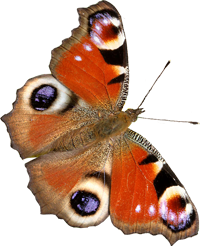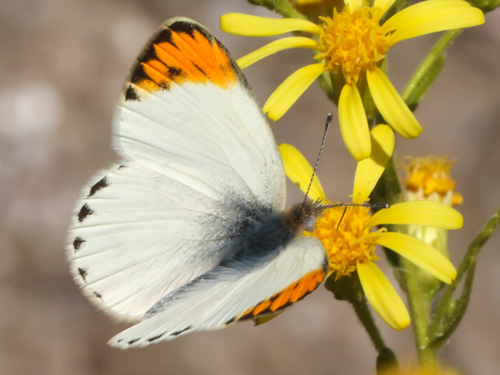
Granada, Spain, October 2021
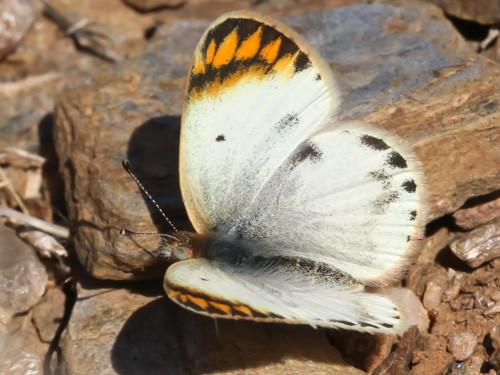
Granada, Spain, October 2021
Field notes and information
This is principally a north African species although it has established itself in the extreme south and south east of Spain in very hot low altitude habitats where it is however rare and hard to find and of variable abundance from one year to the next.
With global warming, it is not too much of an extrapolation to see how this species crossed the short distance to Spain and colonised that country's increasingly warm south coast.
Identification & Similar species: Distrinctive and unlikely to cause any identification doubts.
Distribution & Flight: north Africa deep into the deserts. It has established colonies in southeast Spain and can be found anywhere along the coast from Gibraltar to Murcia. Very rare in Spain though.
In north Africa I've found it to be very widespread in autumn (September) but is generally much harder to come across in spring. It is easier to find in the deep south in spring, flying in hot dry gullies. In September it was common on the northern foothills of the Middle Atlas mountains, an area where we didn't find any examples earlier in May of the same year - the impression was of migration and dispersal rather than widespread colonisation.
Habitat & Behaviour: Hot dry rocky locations but can be found anywhere as they move disperse. A very active butterfly, resting only briefly to feed. Difficult to approach for photographs!
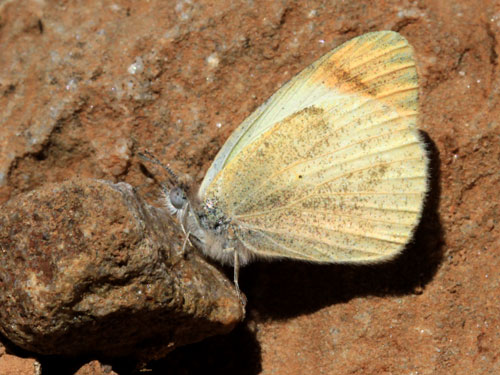
Anti-Atlas, Morocco, April 2013
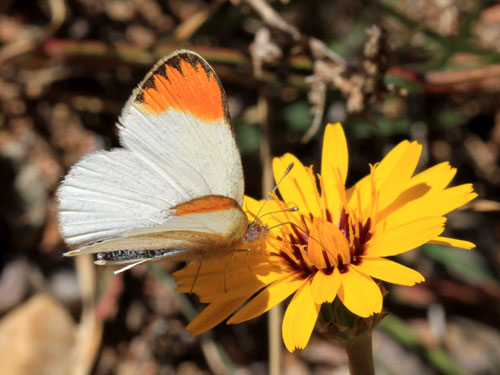
Anti-Atlas, Morocco, April 2013
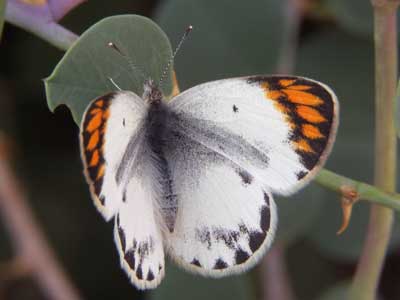
High Atlas, Morocco, July 2005
Female.
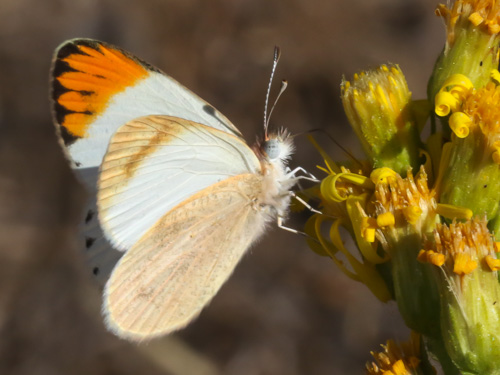
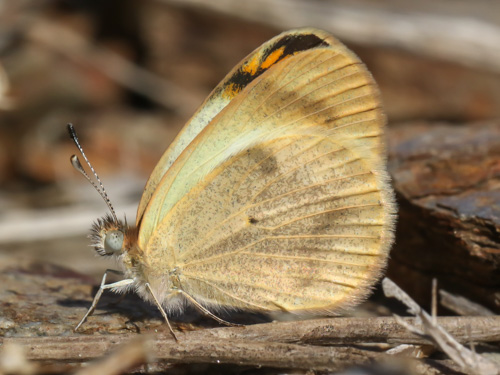
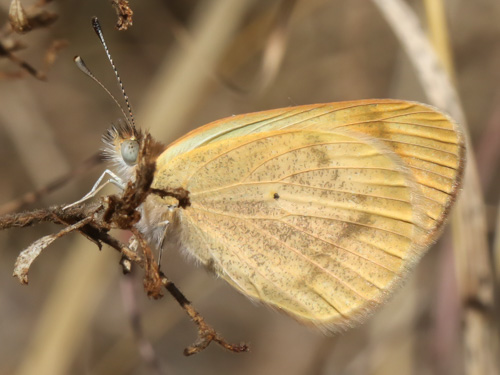
Granada, Spain, October 2021
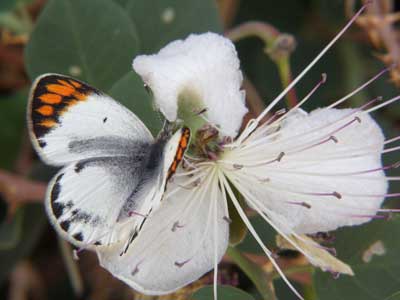
High Atlas, Morocco, July 2005
Female feeding on a flower of caper, Capparis spinosa, the larval food plant
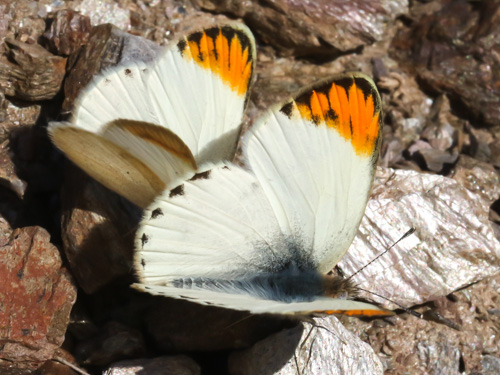
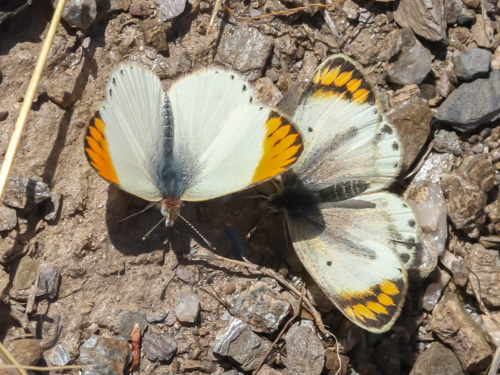
Granada, Spain, October 2021
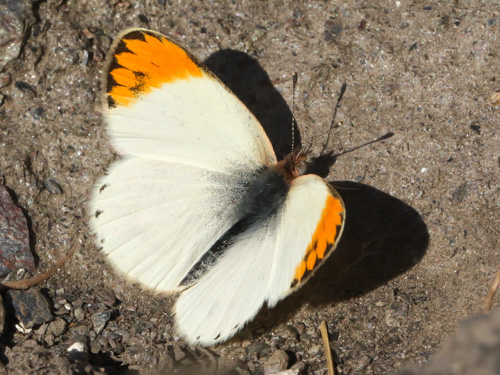
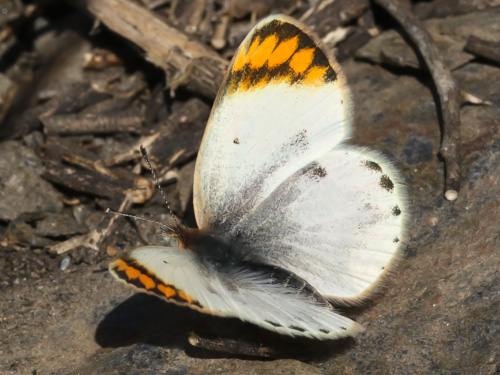
Granada, Spain, October 2021
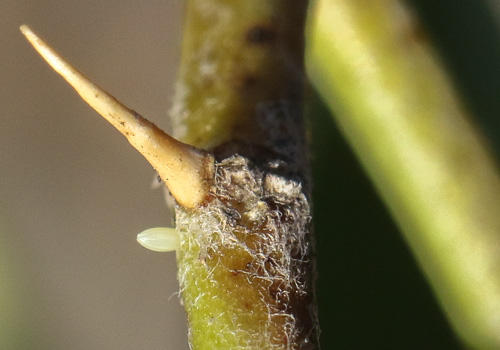
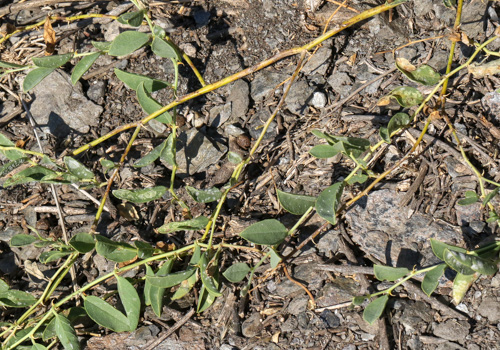
Granada, Spain, October 2021
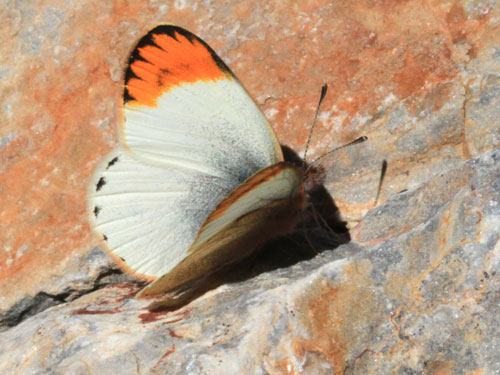
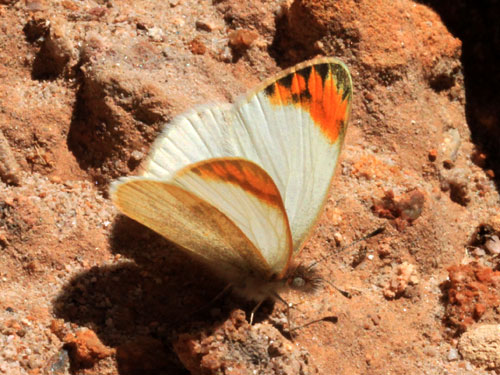
Anti-Atlas, Morocco, April 2013
Males
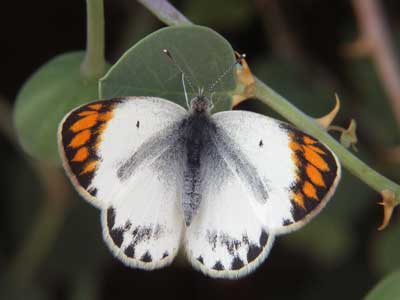
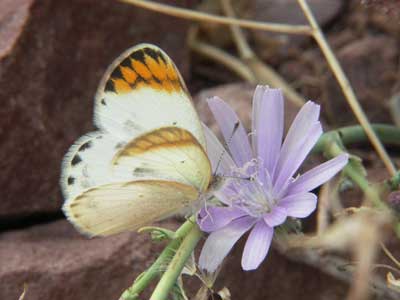
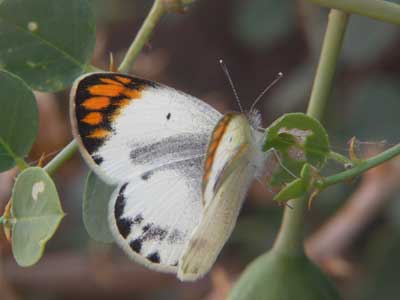
High Atlas, Morocco, July 2005
Females
